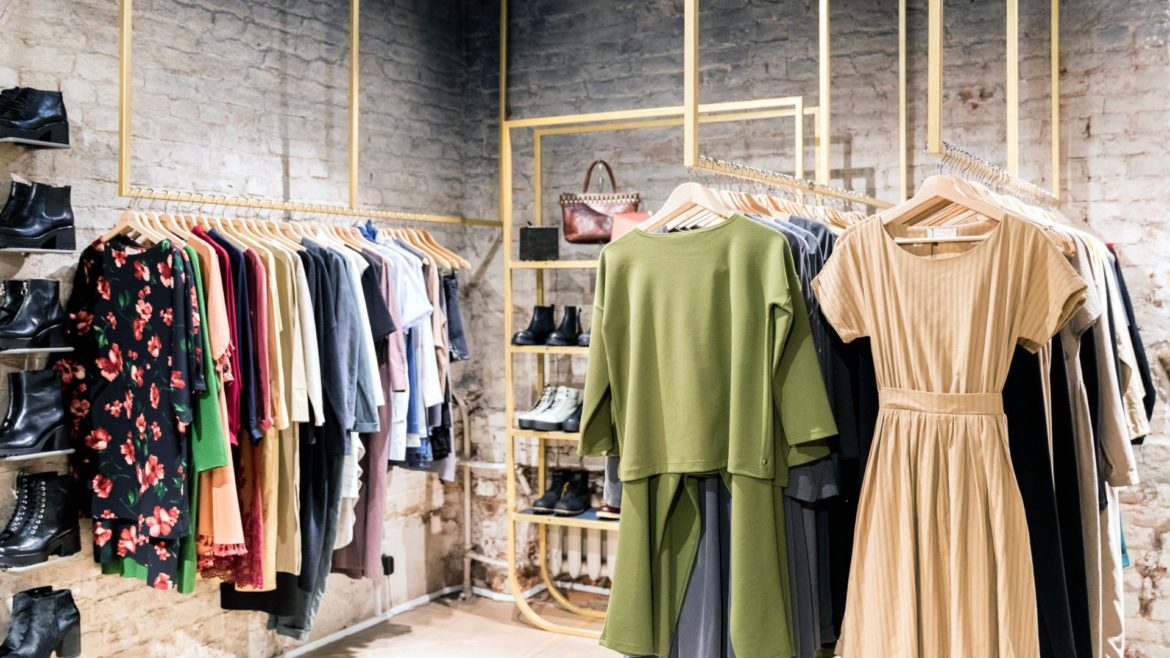“Why buy vintage when I can buy new?” This is the question I had to ask myself recently after a weekend of thrifting with my bestie. I’ve always had a special fondness for antiquing but had steered away from previously owned clothing and goods. The more I researched, though, the more intrigued I’ve become with a new perspective and appreciation for these purchases. The world only needs a small amount of what it produces. Reusing what’s already been produced ensures that we use items to their full potential and capacity. From the price tag, to the quality of unique goods, to environmental and ethical benefits, and even, ultimately, to where the proceeds go — it seems to be a no-brainer to be open to shopping for previously owned items.
Many of us have at least one item we acquired at an auction, a second-hand store or charity shop that we boast about — “Check out this amazing deal I got!” The price tag benefits of vintage shopping are obvious: We certainly get more bang for our buck, as items sold at second-hand stores are often made from top-quality materials due to the manufacturing methods that were used before clothing became something we think of as disposable. Nowadays, it seems products are often made quite cheaply, yet they still come with a hefty price tag. Which brings me back to my original question, “Why would you not want a higher quality product for a cheaper price?” Your bank account will thank you!
Items in vintage shops may also be rare, limited stock, or one-of-a-kind items of significant value that you may not ever be able to buy again. Owning these items can add to your individualism and expressiveness: quirky, unique, and highly personal one-of-a-kind pieces can allow you to stand out from the crowd. It’s one of the simplest ways to try articles of clothing that may be outside your comfort zone with reduced cost, with less chance of buyer’s remorse.
Beyond price and quality, buying second-hand means that you’re playing your part to reduce waste, as vintage shopping and thrifting encourage reuse, of course. The 3 R’s of recycling — “reduce, reuse, recycle” — are finally coming to the fashion industry, the second largest industry in the world and the second largest polluter of the environment. By purchasing second-hand items, and therefore buying fewer new products, we reduce demand and save resources. Being mindful of this circular economy gives me greater appreciation of all our environmental resources that go into production.
Many thrift stores donate a portion (and sometimes all) of the money we spend on purchased clothing or other products to nonprofit organizations, and of course, charities like the Salvation Army and Goodwill Industries offer tax-deductible incentives for those who contribute items as well. Not only are you helping yourself, but you’re also supporting the local organization in your community to thrive and help others — it’s win-win!
By shopping vintage, you make your life more interesting by constantly keeping yourself on your toes, always anticipating what you may find next. Whether you shop second-hand to help your pocketbook or you’re being environmentally conscious, join me in building a habit of buying vintage — your next hidden gem may be right around the corner!
By Kimberli Scott

